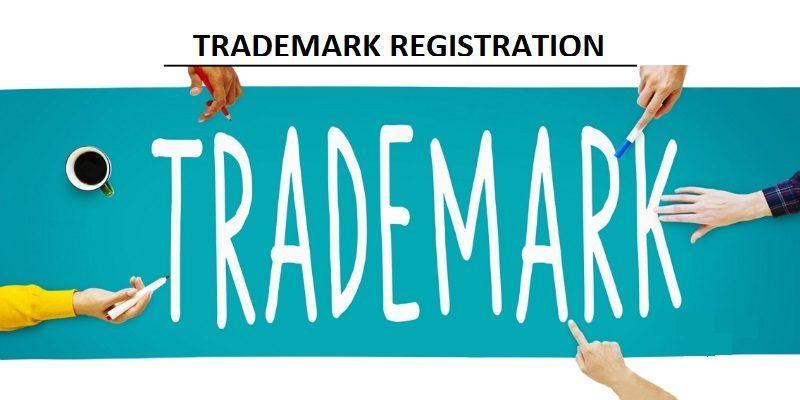

What is a store layout Trademark?
In the recent past, the concept of trademark registration has become no longer limited to only a logo; it has expanded in its scope to color, sound, marks, and many more. Moreover, the stores are getting the trademark registration of the store or the hop layout as well.
In cases where architectural structures are used as a form of distinct demarcation of a shop, store, or any business area, the structure which is the attraction of the place can be registered as a trademark. For instance, consider the case of the Taj Mahal Hotel in Mumbai. The architectural structure of this popular hotel makes it distinct from any other, which in itself is a trademark registered structure.
Registration of 3D Trademarks in India
The Trade Marks Act, 1999 is absolutely silent about any references that consider the architectural structure of a place, but Sec. 2(m) allows for the recognition of non-conventional marks.
In India, the Vedic restaurant applied for a 3D trademark registration, but they have been asked to change that to an application for a device mark.
However, store layouts may be more appropriate as 3D trademarks, considering they are applied in a 3-dimensional form on business spaces, while device marks usually cover designs in 2D form.
However, the 3D trademark protection is not applicable for all layouts. In the case of Colgate Palmolive vs. Anchor Health, the Delhi High Court held that the trade dress must be the overall impression that a customer gets to understand the source and origin of the goods from the visual impression of color combination. If the shape of the container has unique packaging, that could be considered for trade dress protection.
Trade dress protection in India is provided over broad thematic features. Since layout marks are applied over designs of stores and consist of arrangements of otherwise commonplace elements, specificity is desirable to avoid overbroad protection.
Importance of 3D Layout Trademark Registration
The trademark registration of the Apple Store registered in the German Trademark Office has observed an important fact that the design of a store may enable consumers to recognize the quality and price range of the goods. However, it doe not justify the necessity for the use of other trademarks. Apple had argued this by stating that most 3D trademarks are applied to the product itself, making them inseparable from it.
This can be seen in cases like Toblerone and Zippo Lighters, neither of which are used without labels. To be more specific, several non-conventional trademarks like color and motion marks are used together with word marks, which are registered as trademarks. It follows that the layouts (3D trademark) for service-providing outlets have thus been integrated into the service itself. It was argued that the rejection can not be on grounds of requiring labels.
Unlike conventional trademarks, store layouts consist of multiple elements in a unique arrangement. As the exact sizes in which the mark will be applied cannot be ascertained, it is likely to take on various appearances, running the risk of protection over all conceivable manifestations of the layout.
Features of 3D Trademark
In the context of layout marks, functionality presents a veritable challenge as the articles combined to obtain the unique arrangement might be those that are necessary to obtain specific technical functions – for example, the use of showcases, cash counters, seating arrangements, etc.
The only elements in this design are that it does not serve a functional purpose. Some examples of these are elements such as leaf-shaped shelves and the curvature of the chairs and walls. While a combination of elements that include functional and non-functional elements can still be distinctive, it is necessary to prove that how the features are combined amounts to more than simply the ‘sum of its parts’.
Conclusion
The ‘Discussion Area Zone trademark has not dealt with most of these issues in an in-depth manner. There is a huge scope that it should be considered as a non-traditional trademark, which proves to be a supplement to the protection for companies and the designs or layout which protects them from getting infringed.
The Controller General of Patents, Designs & Trademarks has recently started recognizing store layouts as an acceptable and protectable form of trademarks. Like what has been evolving in the west in the area of trademarks, layout registrations from both Indian and foreign companies are now being accepted. Given the massive scope for consumption that is projected in India’s economy going forward, protection of store layouts as a 3-dimensional trademark will prove to be a gamechanger for players such as restaurant chains and eateries, who previously needed to rely on the far-less conclusive concept of illegal passing off when seeking to protect their facility layouts.